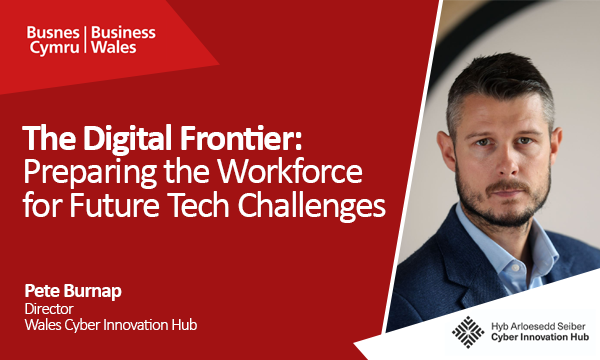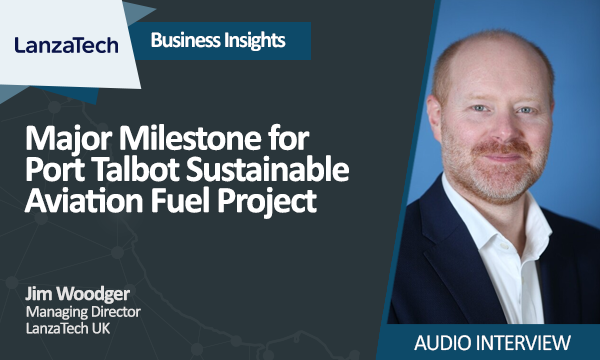Even before we called it wellbeing, our built environment provided plenty of places that were good for us. The first time I experienced this was when I worked in central London, where I’d leave the office to eat my lunch in Westminster’s Christchurch Gardens. Although not entirely idyllic due to its proximity to Victoria Street, these gardens offered me and a number of other office workers an opportunity to relax midway through our hectic days. I became a regular, and whilst you would nod to acknowledge your fellow lunchtime companions there was clearly an unspoken rule that this wasn't a place to make small talk. Everyone was taking their wellbeing seriously, and all that was needed to support it was a bench, some grass and trees. It worked wonders and I always returned to the office with a second wind ready to face whatever the afternoon had in store.
Of course the world we live in has changed dramatically since my daily fix of park bench wellbeing in the 1990’s. For many people life has become significantly more complex and demanding, and so it's easy to understand why wellbeing practices are increasingly being adopted to support people in their daily lives. In the quest to achieve a state of wellbeing an important starting point is to look at what we mean by wellbeing. Defined as being: “the state of being comfortable, healthy or happy” it's easy to see the intrinsic relationship between the built environment and wellbeing.
As the environment we live in has a direct impact on our wellbeing it's essential to ensure these impacts are positive ones. Encouragingly, this doesn’t always have to be about costly large scale urban regeneration projects, instead much can be achieved with small but considered changes. For example, this could include working with the community to decide on the positioning of benches that would create new places for people to meet and socialise. This simple action would help to counter loneliness, which in-turn can help improve mental health and make people feel happier. I stressed working with the community and this is crucial because it would mean that even the smallest of projects would be inclusive from the outset. This is empowering for people as it ensures their views are acted upon in their own neighbourhoods, and this itself is also good for wellbeing.
Ensuring wellbeing at neighbourhood level has the added benefit of implementing improvements close to where people live. This is important partly because people shouldn't have to travel to access wellbeing. Instead it needs to be where you are, and that includes inside your home and as an integral part of your immediate surroundings. If you have a garden you have a personal space to support your wellbeing, and in many cases you’ll have added garden furniture to allow you to fully enjoy the benefits of your outdoor space. Whereas, and as the Lockdown experience highlighted, people living in flats (especially those without balconies) struggled due to a lack of access to outdoor space. It’s an important reminder of the essential role parks play in supporting wellbeing, and as we are social creatures even when you have your own garden a trip to the park is still a popular way to enjoy the great outdoors in a community setting.
Having local destinations where people can be closer to nature, exercise and socialise is an ideal way to boost individual and collective wellbeing. Seeing how popular Lido Ponty has become makes you think how wonderful it would be for towns and cities across Wales to have their own Lidos too, especially as they could offer multiple wellbeing and environmental benefits. These could include: providing an easily accessible destination for people to enjoy on warm days, negating or reducing the need for leisure journeys by car, making a day out more achievable for families with low or no income, the potential to include areas for other forms of exercise, an opportunity to open a cafe, and the provision of new community event spaces. Whilst we can’t guarantee long hot summers, there are plenty of days throughout the year when the Lidos could be enjoyed, and on those gloriously warm days communities would have easy access to a “holiday abroad” type experience that really would boost wellbeing, and even help increase spend in the local economy too.
Whilst it's good to think just how enjoyable we can make the built environment, and there so many more things we could do, it's also important to remember just how difficult it can be to achieve a uniform state of wellbeing, this is because as individuals we have differing personal circumstances. For example: being comfortable will mean something very different for: someone who is homeless, a home renter, a home buyer or a homeowner. Housing is one of our fundamental needs, and yet having a home itself doesn’t guarantee wellbeing. Consider the negative impact that poor design, construction and maintenance has on peoples’ health, comfort, and as we know all too well from the Grenfell Tower tragedy, their safety.
Taking the levels of poverty in Wales into consideration puts into sharp focus the need to tackle the inequalities that are preventing increasing numbers of people from even getting close to achieving a state of wellbeing for themselves and their families. Startling evidence of this can be found in Peter Matejic’s, Joseph Rowntree Foundation report: Poverty in Wales 2020, that explains: “Even before coronavirus, almost a quarter of people in Wales were in poverty (700,000) living precarious and insecure lives.”
Whilst the built environment can’t fix all the reasons behind this increase in poverty, what it can do is ensure that the elements of the built environment that support wellbeing are made fully accessible to everyone. Putting into context the crucial importance of wellbeing, Future Generations Commissioner for Wales, Sophie Howe explains:
“With the whole world being restricted to their homes and immediate neighbourhoods for many months the quality of the places we live has never been more important. People have found new places to walk, cycle, connect with nature, and new uses for local shops and facilities have emerged. But Covid has also exposed the inequalities of place for many people. The fact is if you live in a more deprived area you’re less likely to have access to nature on your doorstep and more likely to be living with high air pollution. These inequalities mount up and have a direct impact on our health and wellbeing.
Our response in reconstructing post Covid must be to invest in building better communities where everyone has access to nature, where local facilities can be reached by walking or cycling, where cultural access and experience is as important as retail offerings and where local businesses generate wealth for these communities rather than their shareholders. We’ve got an opportunity to do just that in Wales using the Wellbeing of Future Generations Act as our guide.”
Embracing wellbeing in our built environment isn’t just good for people, it's also beneficial for our environment as it encourages bringing nature into our communities and our urban centres. Activities such as walking and cycling, when they become a means of daily transport, in addition to improving personal wellbeing also help to improve air quality for everyone. However, the challenge for the built environment is to ensure that access to nature is brought as close to peoples’ homes as possible, because ultimately wellbeing shouldn't be a destination that you have to travel to inorder to access. If we achieve this, everyone will have the opportunity to access all the benefits that wellbeing offers and achieve their own state of comfort, health and happiness.













